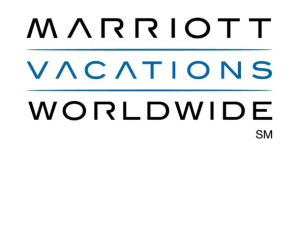The Future of Timeshare: Fractional Ownership in Urban Locations
Tuesday, September 13, 2005
Consumer demand for greater flexibility brings more timeshare options to the table. Here, we look at fractional ownership as well as the relatively new concept of urban timeshares.
Throughout its history, the concept of timeshare has undergone a number of radical changes. These changes were implemented as a response to the needs of timeshare owners, and all of these changes indicate a constant striving for flexibility on the part of the resort as well as the consumer.
Timeshare has evolved in what can be described as a basically linear pattern. First came floating weeks, which allowed timeshare owners the flexibility to schedule a vacation week when it was most convenient. Then, points-based systems of ownership were created. Points systems allowed owners to break up their week into smaller portions of time, while at the same time changing the way timeshare exchange values at certain resorts were calculated.
The quest for flexibility continues today, spurred on by competing resort companies responding to consumer demand.
A number of high-end timeshares have been developed in urban areas in recent years. Urban timeshares are offered in destinations like San Francisco, London, Boston, and most recently, Hong Kong. While major resort chains are the most noticeable players in this market, several independently-owned and operated resorts have done well for themselves. Most notably, New York’s Manhattan Club is one of the most well-known urban timeshares on the planet. Urban timeshares are known to have high exchange value, because the demand is high and the supply is low. Exceptions to this rule may exist if the city is a high-demand resort destination, but even Las Vegas timeshares (generally) have strong exchange power and are in high demand.
Around 1994, the concept of fractional ownership was developed. With fractional ownership, a timeshare owner has the option to buy a fraction of a year, usually ranging anywhere from 21 days to 4 months. Business travelers like fractional ownership because the time can usually be used in increments of several days at a time. The owner is not locked into using the timeshare at a particular week. The costs associated with fractional ownership are much higher than ordinary timeshare expenses, but a major selling point of fractionals is their outstanding amenities, most of which are comparable to 5-star hotels or luxurious private residences. Exchange, though possible, is limited due to the relatively small number of fractionals available on the market today. A timeshare owner is better off buying a fractional interest in a private residence club in an area that he/she is going to want to return to on a consistent basis.
Fractional properties in urban areas are the next phase in the evolution of timeshare. The timeshare industry has been receptive to these offerings, and industry publications have given fractional-ownership private residence clubs high marks for service and amenities.
Though the hefty price tag means that fractionals are out of reach for most individuals and families, we can expect fractionals to become more popular and affordable in the future. One thing to bear in mind is that the purchase of a fractional interest requires as much preparation and due diligence as does any other real estate purchase. Even if you are dealing with a respected hotel brand, do your homework before you agree to buy.
Four Seasons, Marriott, Ritz-Carlton, and Disney are the most high-profile companies offering fractional ownership of vacation property. More information may be found by visiting these companies online.


